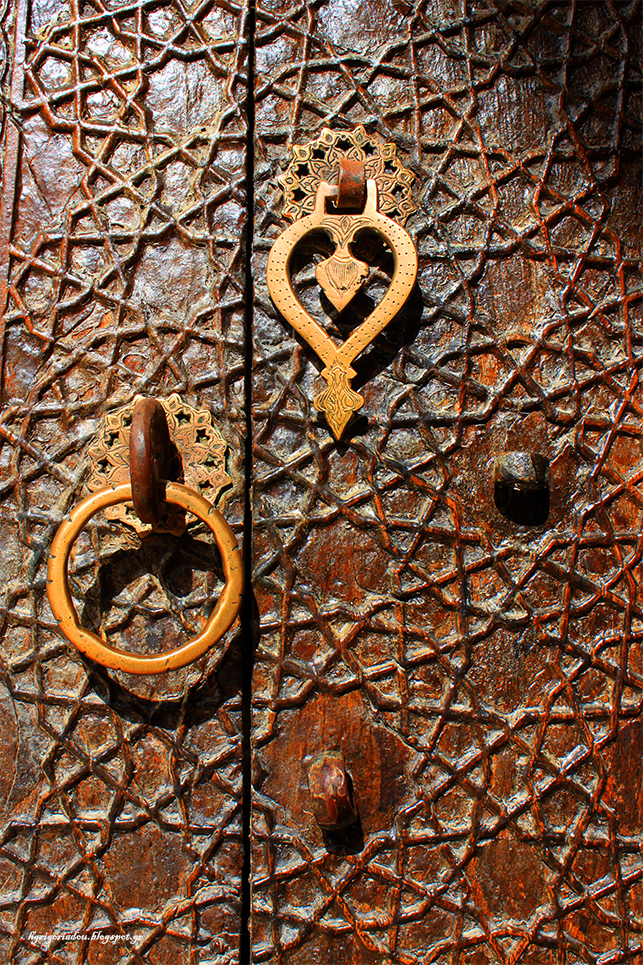Bukhara, the Pillar of Religion, the beauty of the spirit, one of the seven sacred cities of the Muslim East can surprise even the most experienced traveler. Known as the Shining Pearl of the Silk Road, the city is more than 2,500 years old.
With more than 140 architectural monuments dating back to the Middle Ages, is today an open-air museum with lots of history to see. UNESCO listed the Historic Center of Bukhara as a World Heritage Site in 1991.
According to some records, the first caravans on the Silk Road appeared in 138 BC, when ancient China opened its borders for trade.
In Sanskrit, Bukhara means "Monastery," and was revered the Medieval Muslim East as a stronghold of the faith. During the golden age of the Samanid Empire (819-999) it was a major intellectual center of the Islamic world, second only to Baghdad.
In the 10th century, Bukhara became a scientific and cultural center, home to famous poets like Rudaki and Dakiki, and Avicenna, the great scientist and physician.
Bukhara old city has a real Silk Road feel with narrow alleys and spectacular buildings combining to give a real impression of how it might have been a century ago.
The city’s guests are always attracted by the exoticism of the ancient quarters, revealing mosques and tombs of holy persons in most unexpected places.
Therefore, it should not come as a surprise that the wooden doors of Bukhara’s mausoleums, madrasahs and private houses, highly diverse in appearance and style but all equal in their beauty, equipped with chased door knockers, rank as one of the city’s most popular attractions.
Do you know what Bukharians used as a doorbell in former times, which still can be seen on some of the older doors in Bukhara?
Do you know why, in order to enter a house, some quests chose to knock a hammer attached to the door against a chased plate in the upper part of the gate, while others used a copper ring in the middle?
Here we shall reveal the secret known to but a few of those who have visited the city even dozen of times. In the days of yore, the rules of intersexual behavior were much stricter, and houses were divided into the men’s section and women’s section.
The women and girls of a household were not allowed to show their faces to men that did not belong to their family. So, in order to avoid the undesirable encounter, outside men were to use the copper ring in the middle of the door.
The sound of the ring encouraged the host or one of the family’s men to receive such quests at the entrance. On the other hand, a female relative or a friend of the family that come to see her nephews or sisters-in-law with a bundleful of dainties was to knock with the hammer on the right upper corner of the door.
The hosts’ seasoned ear could easily distinguish the sound of the copper ring from that of the iron hammer, which enabled them to avoid any awkwardness.
















